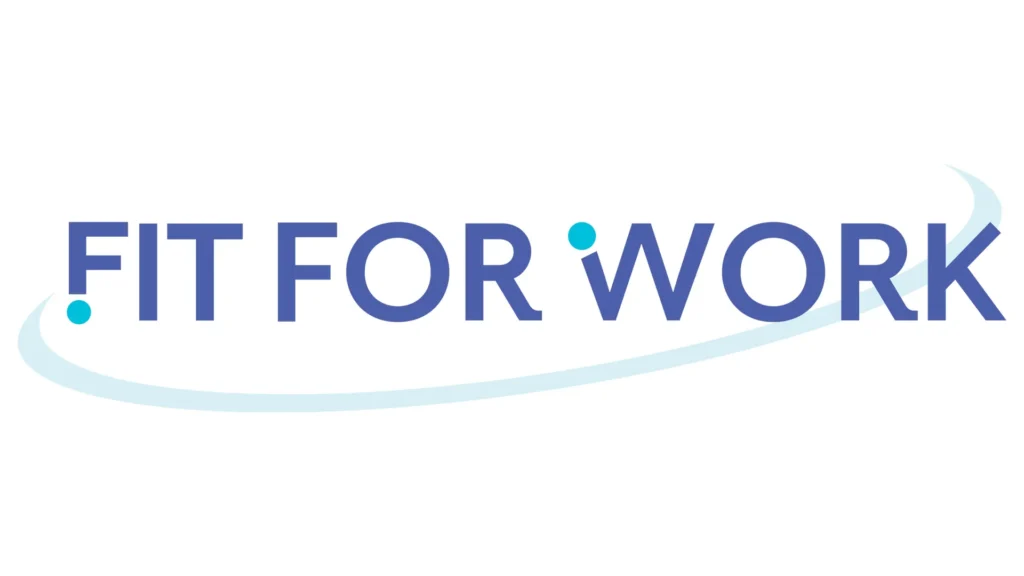The Foundation to Your Workers Health and Safety Programs
An ergonomics program provides essential benefits to the workplace such as lower insurance costs, increased employee satisfaction, reduction of musculoskeletal disorders (MSDs), and improved mental clarity to name just a few. But managing an effective ergonomics program can be a challenging process.
VelocityEHS recently hosted an ergonomics virtual conference where industry experts came together to discuss various best practices and approaches you can take for a healthier, more productive work environment. One of the sessions focused on the foundations of an effective ergonomics program.
Expert Advice for Building an Ergonomics Program
VelocityEHS Principal Solutions Strategist, Rick Barker, CPE, CSP, joined our partner, Fit For Work’s Vice President Dr. James Rethaber, Ph.D., CPE, LSSMBB, to share lessons learned over their 20+ years of experience in ergonomics and injury prevention. In this session they provided insights into how to implement, scale, and sustain a successful ergonomics program.
One approach James highly recommends is developing a pilot program to help gather valuable data before committing to a full-scale ergonomics program roll-out. He explains, “Industries move faster than research, and what’s effective for company A may not be effective for company B. Utilizing a pilot program helps to increase employee acceptance and better manage risk reduction before a full-scale implementation. Applying clear measures of success and setting clear timelines are top priorities when developing your pilot program.” A pilot program allows for trial and error on a small-scale so you can truly understand what processes work best for your business.
In addition to building a pilot program, other recommendations they discussed include:
- understanding your current state in the ergonomics process with a program assessment, this Ergonomics Self Assessment tool can help.
- using benchmark metrics to scale and build your ergonomics program.
- finding the balance between consistency and adaptability, such as a mix of roles and responsibilities among your team.
Watch the full session and discover the best approaches for building an effective ergonomics program.
Plus, you’ll get answers to the audience’s questions:
- How do you quantify employee engagement?
- How do you measure employee satisfaction?
- When do you use a program audit vs. an independent audit?
- When is it appropriate to skip the pilot program and go straight to a full-scale implementation?
Want to know more about how to keep maturing your ergonomics program?
Watch the On-demand Ergonomics Virtual Conference
Download these expert designed tools:
